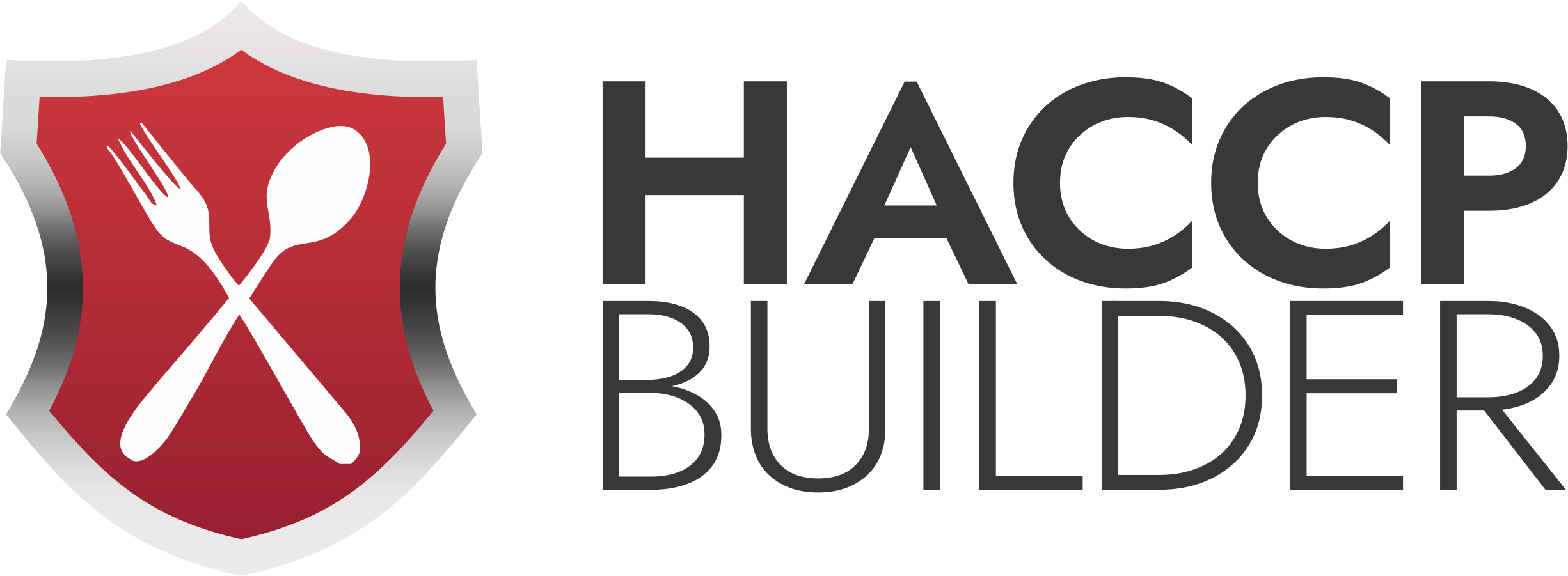Protecting consumers is at the forefront of responsibilities for food and beverage processors. By properly tracking every step between where the product originates, and the production and distribution process, consumers are less likely to be exposed to foodborne illnesses. Today, we’ll discuss how HACCP programs can improve food safety.
What Is HACCP?
‘HACCP’ stands for Hazard Analysis Critical Control Point and, in summary, is a food safety and risk assessment plan. Why was it originally developed? Would you believe us if we told you it was all thanks to NASA? It’s true!
In the 1960’s, NASA faced many issues regarding space missions requiring a crew. Two of these issues were crumbs and disease-producing microorganisms such as toxins, bacteria, and viruses. Fast-forward 6 decades, and we now use food safety programs with the same foundation for food safety programs across the globe.
Are HACCP Programs A Legal Requirement?
At this point, HACCP programs are not a federal law in the United States as it is in other countries. However, it is a mandatory requirement for many food products regulated by the USDA and FDA such as egg products, poultry, and meat. The FDA also has a Seafood HACCP and a Juice HACCP regulation which applies to those products. With this being said, the FDA recommends following HACCP guidelines in all food processing operations.
How HACCP Programs Improve Food Safety
A term often used is “from farm to fork”. It is seen on food packaging and advertisements as a way to attract consumers. Now, we don’t even take a minute to think about what it means; it’s engrained that it is the better, fresher, and healthier option. Many steps must be completed before this food is on the table and HACCP programs make this possible.
If you were to look at the breakdown, HACCP Programs improve food safety by:
- Conducting comprehensive hazard analysis
- Establishing effective risk control at critical control points
- Preventing contamination and cross-contamination
- Non-stop monitoring and prompting corrective actions
- Enhancing traceability and recall preparations
- Maintaining compliance with food safety regulations
- Striving to have continuous improvement
Contaminants
Contaminants can come from several places. Physical ones can come in the form of bone fragments, and chemical contaminants may occur during processing. They may also derive from a natural source in the environment.
This makes risk assessment all the more important. Once these potential threats are identified, the necessary critical control points can be engaged to ensure that what the customer receives is safe.
Challenges
HACCP programs facilitate every step of maintaining food safety practices. This is not to say that challenges do not exist! For example, in the case of contamination, it is pertinent for tracking records to be as detailed as possible.
This will enable the system to identify the source of the contamination or pinpoint where a lack of attention is being paid to specific areas of a supplier’s safety practices. Once the source is known, a resolution can be implemented much quicker; the contaminated sources can be isolated sooner and manufacturers can be held accountable.
Whether or not the data being collected is accurate is yet another challenge of food traceability. For the collected data to be useful and effective, employees must understand the program and have the proper resources.
All this to say, even with these programs and food safety regulations, incidents can still happen! However, without HACCP programs, identifying and responding to food safety issues would take much longer and the number of people affected would increase.
HACCP Programs Strengthen Trust
When a food recall occurs, consumers may find it hard to move past the incident. Try as they might, they may even subconsciously think about the recall the next time they shop. While knowing that incidents happen, reducing the risk associated with the food is vital for a brand’s success.
When consumers are aware that a brand follows strict safety plans that include HACCP programs, they are more likely to reach for this brand’s products. Building customer trust takes time and consumers appreciate a certain level of commitment to their safety. In return, their loyalty to the brand increases.
HACCP Builder
If you’re curious about HACCP programs and the software needed to ensure you can attest to having food safety at the forefront of your priorities, contact us today!
HACCP Builder goes further than simply meeting HACCP requirements. We strive to always improve and customize the features and interfaces of food safety software. By doing so, it remains less complicated for our customers to use. And, it offers more in-depth results even faster and more easily.
Read all about the benefits of HACCP Builder and contact us for more information! We can be reached at (866) 577-4030 ext. 1 or via email at [email protected].




